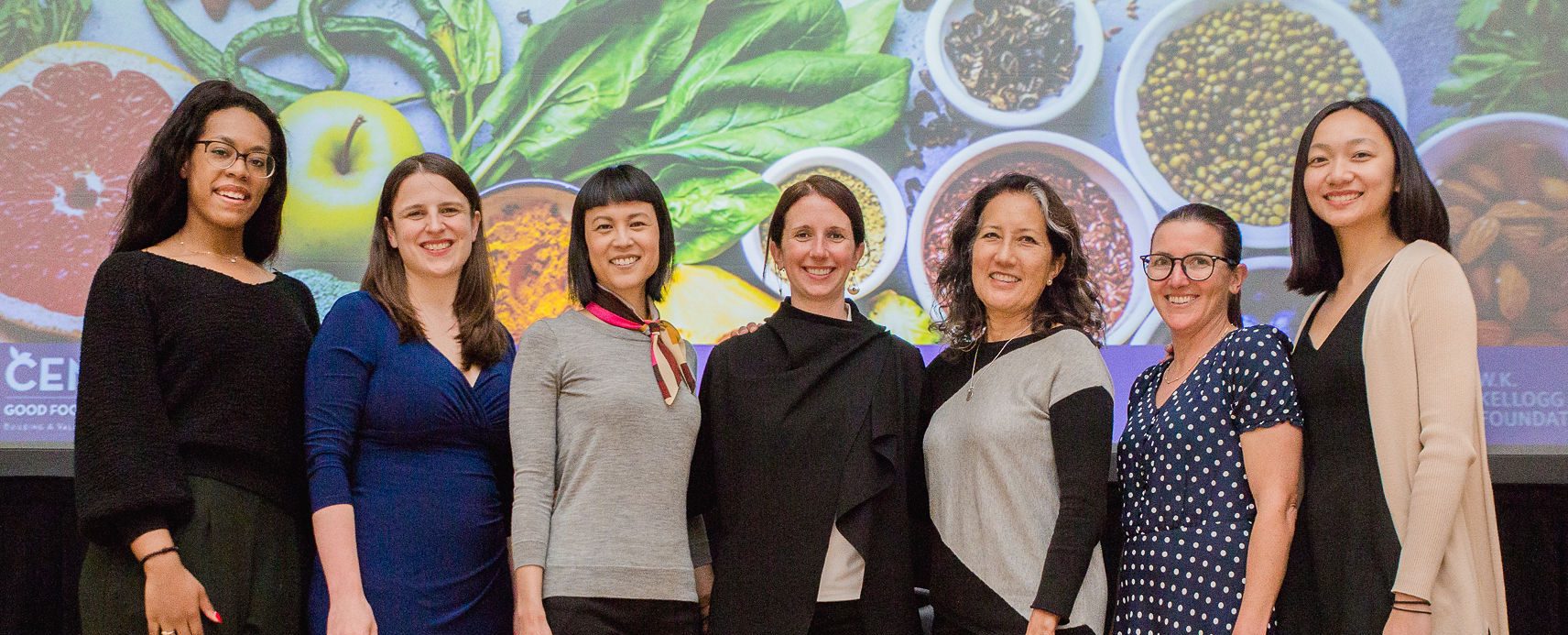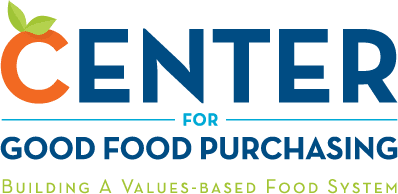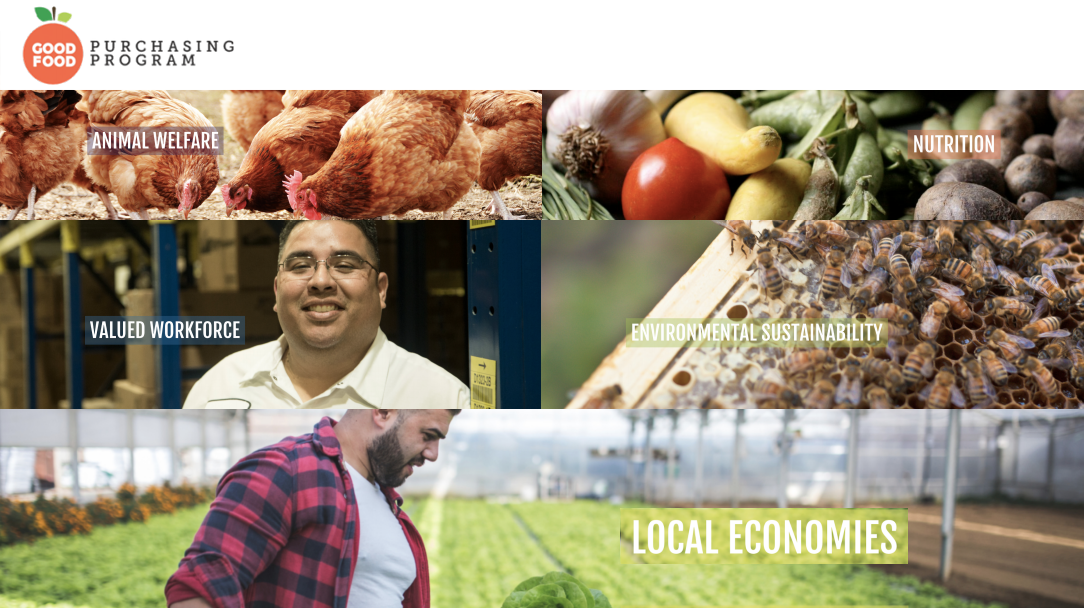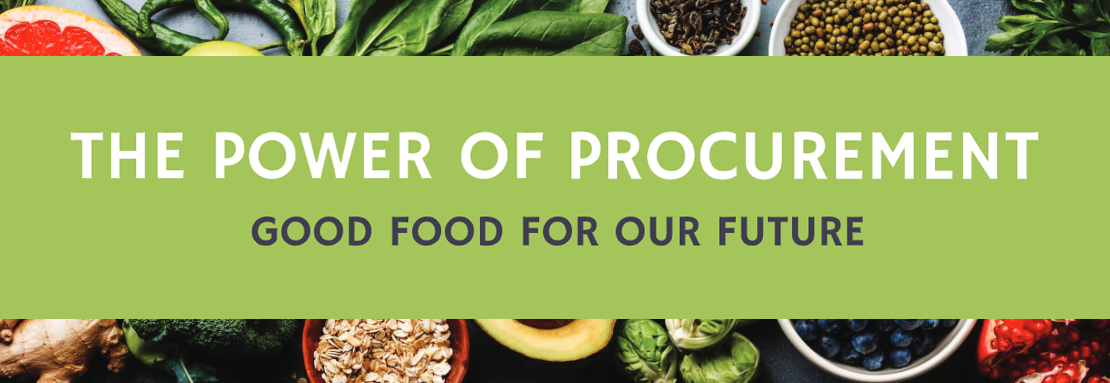
ENERGIZED. MOTIVATED. BETTER CONNECTED.
You came as food producers, professors, philanthropy professionals, businesses, entrepreneurs and advocates across sectors and across geographies. You came as cohorts from: California, Colorado, DC, Georgia, Illinois, Indiana, Louisiana, Kansas, Minnesota, Michigan, Mississippi, Missouri, New England, New Mexico, North Carolina, New York, Pennsylvania, Ohio, and Texas. You brought your expertise and your interest in learning from others.
From the extensive post Summit feedback we received, you came away feeling energized, motivated, and better connected to what is happening in the field and who is doing it. You left with notebooks full of information and ideas. And you will be continuing the conversations with your cohorts, recruiting additional members, and developing action plans.
We had hoped, from the onset, that the summit would be a springboard and that the program would be a navigational chart to use as we set sail on a longer journey together. You came because you believe, as we do, that we can put in motion the levers of change to create a better food system for all—a food system that blends heritage wisdom with modern knowledge, that serves community, and respects the planet. We shared with you what we have learned over the years about how thoughtful procurement practices from large institutions can be a powerful force for that change.
Implementing a values based procurement program like the Good Food Purchasing Program is only a first step; there are many other steps, some that we can see and others that will reveal themselves as we move along in this journey. But it’s an important step. The Good Food Purchasing Program is like a boat we can sail in. It was built on two years of research, stakeholder engagement, multiple design iterations and feedback from focus groups that included every key actor along the supply chain, from farmers to distributors to anchor institutions to government, as well as the various advocacy groups supporting the public interest. It has a strong foundation on which to build, and the summit moved us forward as a nation of connected regions.

SUMMIT TAKEAWAYS
1. Transformation of the food system for public health and thriving regional food systems is a long term strategy built on trust, relationships, and cross-sector collaboration.
It takes a well coordinated local coalition, which includes impacted communities (workers, parents, farmers) and engages local policymakers and administrative champions as partners in advancing the strategy. Racial justice can be addressed in the strategy. Long-term investments from local philanthropy and local government have enabled local coalitions to authentically engage community and focus not just on short-term policy wins but the sustained support, commitment, and ongoing attention towards the complexity of implementation to make long-lasting change.
2. We can learn from other industries where innovations are taking place such as transportation and clean energy.
Innovators in those areas have worked with procurement as a transformative tool by: (1) setting publicly accountable targets at the municipal or state level and encouraging a “race to the top” among peer cities; (2) shifting the procurement framework from low bid to best value; (3) creating inclusive procurement standards that allow for meaningful scoring and including subject matter experts on the evaluation panel; (4) making sure there is implementation transparency and accountability, with progress evaluations communicated along the way. The importance of reforming broader contracting processes and systems was reinforced during the Values-Based Contracting workshop on the second day.
3. As we undertake this work we must acknowledge the legacy of structural and institutional racism and racialized oppression on which this country was built, and incorporate equity and restorative justice into our actions, decisions, and policy work.
If we notice that someone seems to be missing from the discussions, we can each take the key steps in our own work to include them. As Janie Hipp said: Instead of pointing out who’s missing, be proactive and invite them to join in. We can also seek the adoption of policies that explicitly address racial equity, such as Boston’s recent adoption of the Good Food Purchasing Policy, which includes far-reaching transparency measures to ensure commitments made to racial equity yield results, and the specific racial equity goals Cook County departments and agencies are tasked with advancing as part of Cook County’s participation in the Good Food Purchasing Program, adopted through resolution in 2018: Cook County Good Food Resolution.
4. We can continue to expand into sectors such as health care, and share best practices for Good Food Purchasing across institutions.
5. As we are mindful of the economic and supply chain context in which institutional food purchasing operates, we can deepen our understanding of capital flows and finance, to help move it in the right direction.
We can keep our sights on funding streams for businesses wanting to support the best practices of Good Food Purchasing and participate in reframing the perception of risk around investing in systems infrastructure. We should learn more about existing state and federal finance options, and identify where additional avenues can be created that could amplify opportunity for mission-driven businesses. We should also keep our sights on implementing policies that reflect the just, true cost of food, such as taxes or bonds that level the playing field on subsidies.
6. We should not underestimate the role of local governments as drivers of change.
With strong leadership at the municipal and state level, cross sector alliances can be developed to work across silos and additional resources can be marshaled, such as those from economic development departments. Perhaps there should be Food Policy Directors or Managers in more city or state offices than there are now that could include a focus on the economic development potential of building out robust Good Food supply chains.
7. We can seek deeper and more coordinated collaborations and align our work in partnership with each other.
While cohorts and coalitions face unique conditions, challenges, and opportunities, there are many similarities. We see a real opportunity to deepen our learning from each other and strengthen our policy work at the local, state, and tribal levels, building together to leverage the collective vision and power we had assembled in Chicago, rooted in equity, towards national change. We can use the data and tools that we collect through the Good Food Purchasing Program within and across institutions to understand what our impact is currently and where everyone is facing challenges to inform direction and strategy for larger change.
Closing Plenary: Moving the Needle
Moderated by Paula Daniels
Speakers: Janie Hipp, Rodney Taylor, Gary Cohen, Edwin Marty, Haile Johnston, and Daniel Tellelian
NEXT STEPS
We will circle back with you in a few months with ideas for how we can continue these important conversations, and keep the connections thriving among you as cohorts. Most of you have experience with the Good Food Purchasing Program or know about it and how it was developed; a few of you learned about it for the first time in connection with the summit. What we are gathering from our conversations with you before, during, and after the summit, is that there are basically three levels of engagement with the power of procurement.
Early Stage
While you understand the need for and the power of procurement, your region is just taking the beginning steps toward identifying your specific action steps in moving in that direction. You would be interested in knowing more about how the Good Food Purchasing Program (the Program works and was developed and how other regions have used the Program as a tool to build community, organize, evaluate supply chains, leverage data to set goals and targets, and communicate the great work underway in your region, so you can understand better what expertise it has incorporated and whether it meets your particular needs. You might also be interested in learning from other cohorts about how the Program was adopted in their cities and how it is progressing.
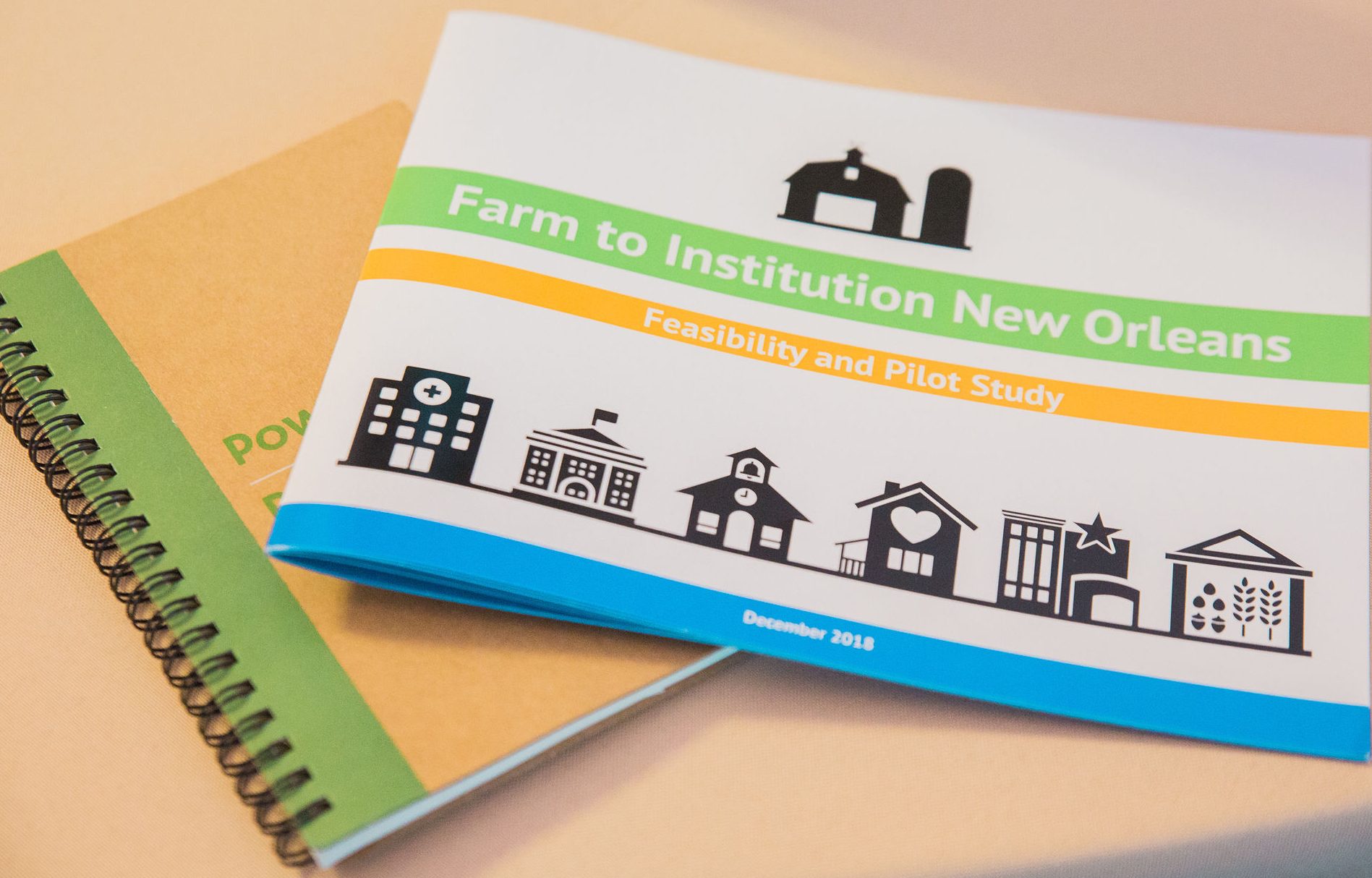
Implementation Level
Your region has one or more institutions that have adopted the Good Food Purchasing Program. You’d like to engage more in the nuts and bolts of best practices and implementation strategies to translate policy commitments into values-aligned purchasing shifts.
Big Picture Strategizing
Whether or not you have the Good Food Purchasing Program at work in your region, you would like to explore the public policy innovations that will create shifts in the food system to help build a more robust supply chain to meet the increased demand for values-based food that is spurred by Program adoption. You might be more interested in topics such as capital flows and finance, monetary incentives, and other public policy ideas that would support a regional scale of transformation. You would be interested in engaging in the next level of scale: building a Good Food Region to increase institutional demand for and supply of Good Food (aligned with the Program’s five good food values), not just in individual cities but region-wide. You are interested in leveraging the Program as a tool to build a regional good food economy that is healthy, just, and sustainable, operating at a scale that can begin to impact diet-related health and environmental and social issues in the region and beyond. You’re also interested in networking these regional efforts to build momentum and influence policy and systems change at a national level.

STAY TUNED, PLEASE!
You may have members in your cohort interested in engaging at any one or more of these levels. We are still sorting through the feedback we have gathered from you, and are in discussion with various leaders and partners in this shared work of reforming our food system in shaping some ideas. Stay tuned, please! We will be communicating with you again soon with some ideas. Please feel free to reach out and let us know what you think.
In the meantime, we also plan to continue the Power of Procurement website, which you used during the registration process, as a resource page.
We will also provide links to the resources on the Center for Good Purchasing website, with links to groundbreaking procurement policies (such as that for Boston and Chicago), and links to other partner resources.
We quoted Franklin Delano Roosevelt at the beginning and end of the summit, and we’d like to again leave you with this thought: “To reach a port we must set sail. Sail, not tie at anchor. Sail, not drift.”
